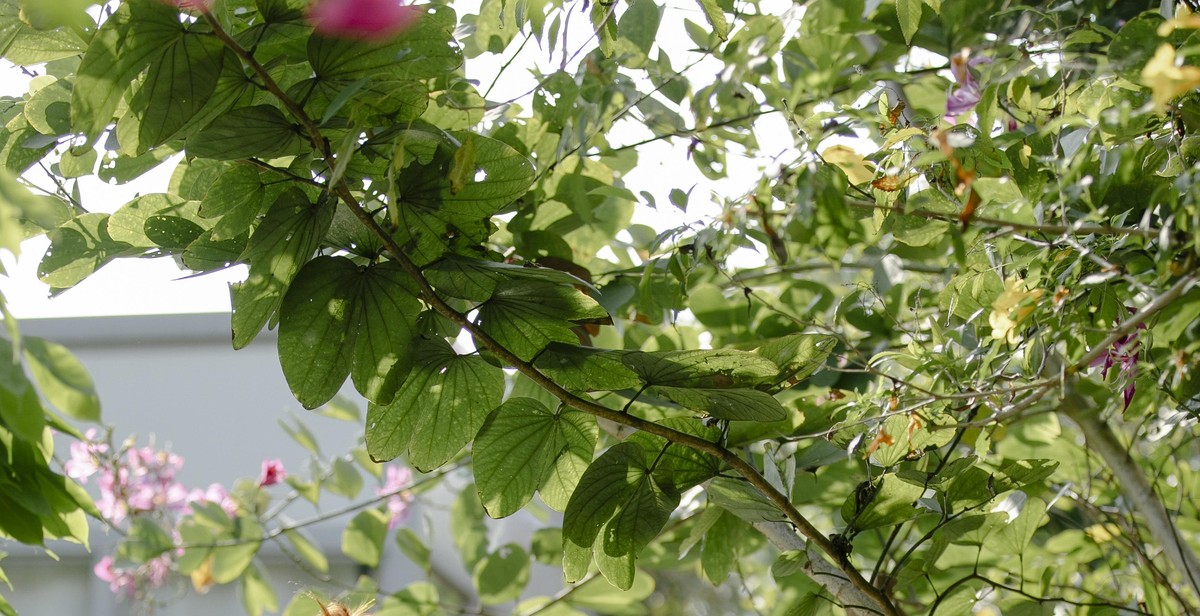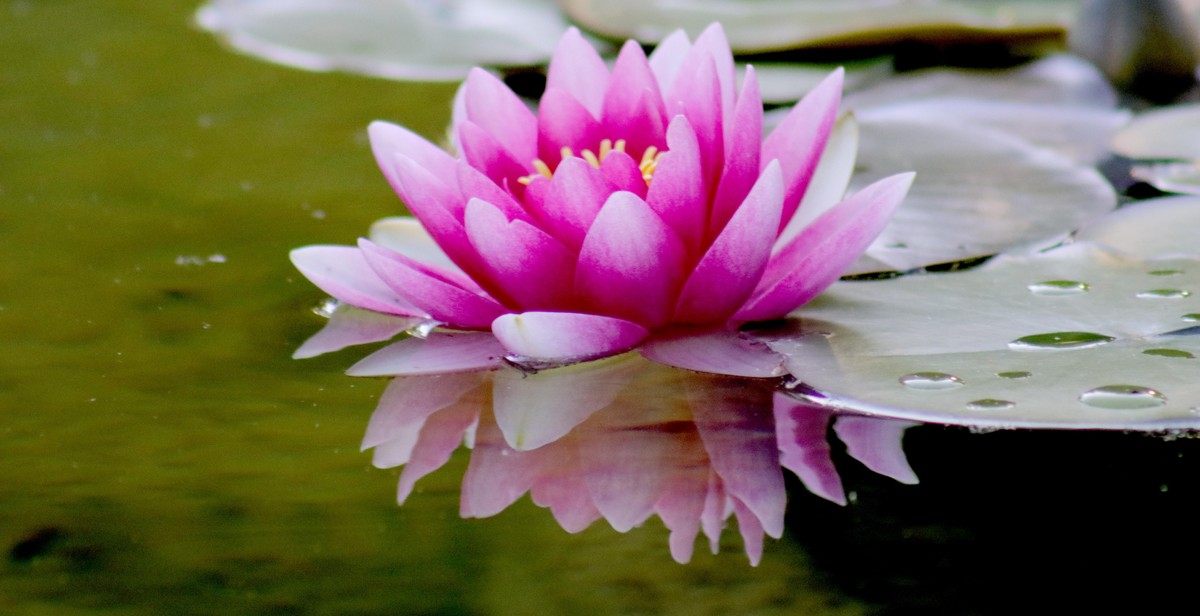Introduction: Creating a Serene Japanese Zen Garden
A Japanese Zen Garden, also known as Karesansui, is a traditional Japanese garden characterized by its minimalist design and use of natural elements such as rocks, sand, and gravel. The purpose of a Zen garden is to provide a peaceful and meditative environment that promotes relaxation and mindfulness. The garden is designed to be a representation of nature and to evoke a sense of harmony and balance.
Creating a Japanese Zen Garden is a popular landscaping trend that has gained popularity all over the world. The garden is not only a beautiful addition to any home, but it also serves as a therapeutic space for meditation and contemplation. The simplicity of the garden’s design makes it easy to maintain and perfect for those who are looking for a low-maintenance outdoor space.
What is a Japanese Zen Garden?
A Japanese Zen Garden is a type of garden that is designed to create a peaceful and meditative environment. The garden typically consists of sand or gravel that is raked into patterns that represent water or waves. Rocks and boulders are also a common feature in a Zen garden and are used to represent mountains or islands. The garden is often surrounded by a wall or fence to create a sense of seclusion and privacy.
The purpose of a Zen garden is to provide a space for meditation and contemplation. The garden is designed to be a representation of nature and to evoke a sense of harmony and balance. The design of the garden is based on the principles of Zen Buddhism, which emphasizes simplicity, meditation, and mindfulness.

Designing Your Zen Garden
Designing your Zen garden requires careful consideration of the location, size, and materials. Follow these steps to create a serene and peaceful space:
Choose the Right Location
The first step in designing your Zen garden is to choose the right location. Look for a spot that is quiet and secluded, away from distractions and noise. Ideally, the location should be easily accessible and visible from your home or office.
Consider the amount of sunlight and shade the location receives throughout the day. Zen gardens typically require a lot of sunlight, so choose a spot that gets at least six hours of direct sunlight each day.
Decide on the Size and Shape
The size and shape of your Zen garden will depend on the available space and your personal preferences. Zen gardens can be as small as a tabletop or as large as an entire backyard.
When deciding on the shape of your Zen garden, consider using traditional Japanese garden elements such as rocks, sand, and water. These elements can be arranged in various patterns and shapes, such as circles, squares, or rectangles.
Select Your Materials
The materials used in your Zen garden are essential in creating a serene and peaceful environment. Traditional Zen gardens typically use sand, gravel, rocks, and moss.
Choose a type of sand or gravel that is easy to maintain and does not absorb water. You can also add rocks and boulders to create a sense of balance and harmony in your garden. Consider using different types of rocks, such as granite or basalt, to add texture and contrast.
Moss is another traditional element used in Zen gardens. It adds a natural and organic feel to the garden and can be used to create a soft and inviting atmosphere.
Other elements you may want to consider adding to your Zen garden include water features such as a small pond or fountain, or plants such as bamboo or Japanese maple trees.
Conclusion
Designing a Zen garden requires careful consideration of the location, size, and materials. By following these steps and incorporating traditional Japanese garden elements, you can create a serene and peaceful space that promotes relaxation and mindfulness.

Creating a Calming Atmosphere
One of the main goals of a Japanese Zen garden is to create a serene and calming atmosphere. To achieve this, it is important to incorporate certain elements into the design.
Add Water Features
Water is a key element in Japanese Zen gardens, as it represents tranquility and purity. Adding a water feature, such as a small pond or a fountain, can help create a calming atmosphere. The sound of flowing water can also have a soothing effect on the mind and body.
When choosing a water feature, it is important to consider the size of your garden and the amount of maintenance required. A small pond may be more suitable for a larger garden, while a fountain may be easier to maintain in a smaller space.
Incorporate Natural Elements
Natural elements, such as rocks, sand, and gravel, are also important in Japanese Zen gardens. These elements represent the natural world and can help create a sense of harmony and balance in the garden.
When incorporating natural elements, it is important to consider the texture, color, and size of the materials. For example, placing larger rocks at the back of the garden and smaller rocks at the front can create a sense of depth and perspective. Using different shades of sand or gravel can also add visual interest to the garden.
Choose the Right Plants
Plants are an important part of any garden, and Japanese Zen gardens are no exception. When choosing plants for your garden, it is important to consider their size, shape, and color.
Some popular plants for Japanese Zen gardens include bamboo, Japanese maple trees, and moss. These plants are known for their simple beauty and can help create a sense of tranquility in the garden.
It is also important to consider the maintenance requirements of the plants. Choose plants that are easy to care for and require minimal pruning or watering.
Conclusion
By incorporating water features, natural elements, and the right plants, you can create a calming atmosphere in your Japanese Zen garden. These elements work together to create a sense of harmony and balance, helping you to feel more relaxed and at peace in your outdoor space.

Maintaining Your Zen Garden
A Japanese Zen garden is not just a beautiful addition to your outdoor space, but it also requires regular maintenance to keep it looking its best. Here are some tips to help you maintain your Zen garden:
Regularly Rake the Gravel
The gravel in a Zen garden represents water and is an essential element to achieve a peaceful and calming atmosphere. However, it can easily become disheveled due to wind, rain, or foot traffic. To maintain its appearance, regularly rake the gravel and ensure it is evenly distributed. This will also help prevent weeds from growing.
Prune and Trim Plants
Plants are a crucial element in a Zen garden, and they require regular pruning and trimming to keep them healthy and looking their best. Overgrown plants can quickly ruin the aesthetic of your garden, so it’s essential to keep them in check. Prune dead or damaged leaves, remove any weeds, and trim any overgrown branches or stems.
Clean Water Features
If your Zen garden includes a water feature, such as a pond or fountain, ensure it is regularly cleaned and maintained. Algae and debris can quickly accumulate, affecting the water’s clarity and quality. Regularly clean the water feature, remove any debris, and check the pump and filters to ensure they are functioning correctly.
By following these simple tips, you can ensure your Zen garden remains a peaceful and serene place for you to enjoy.
